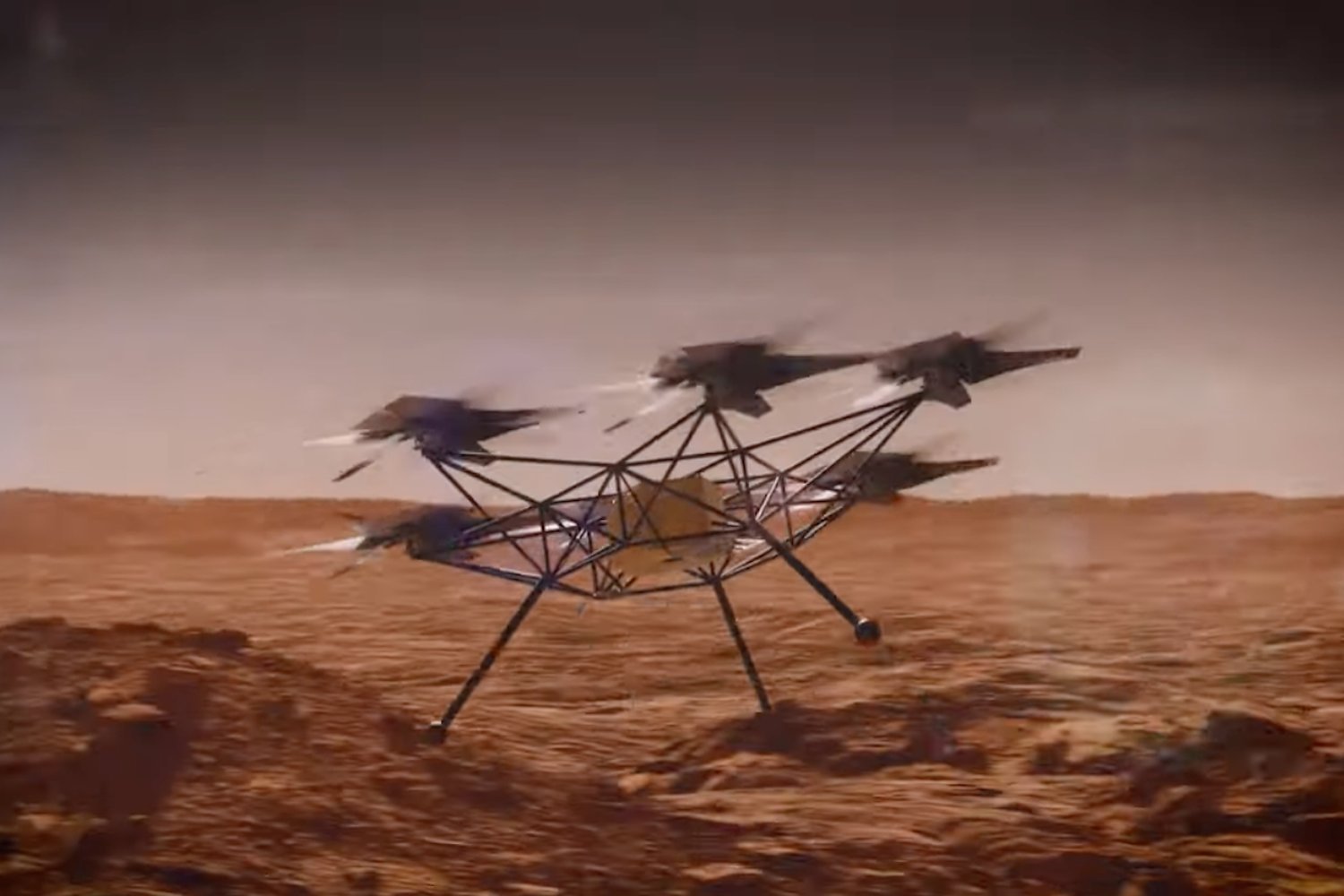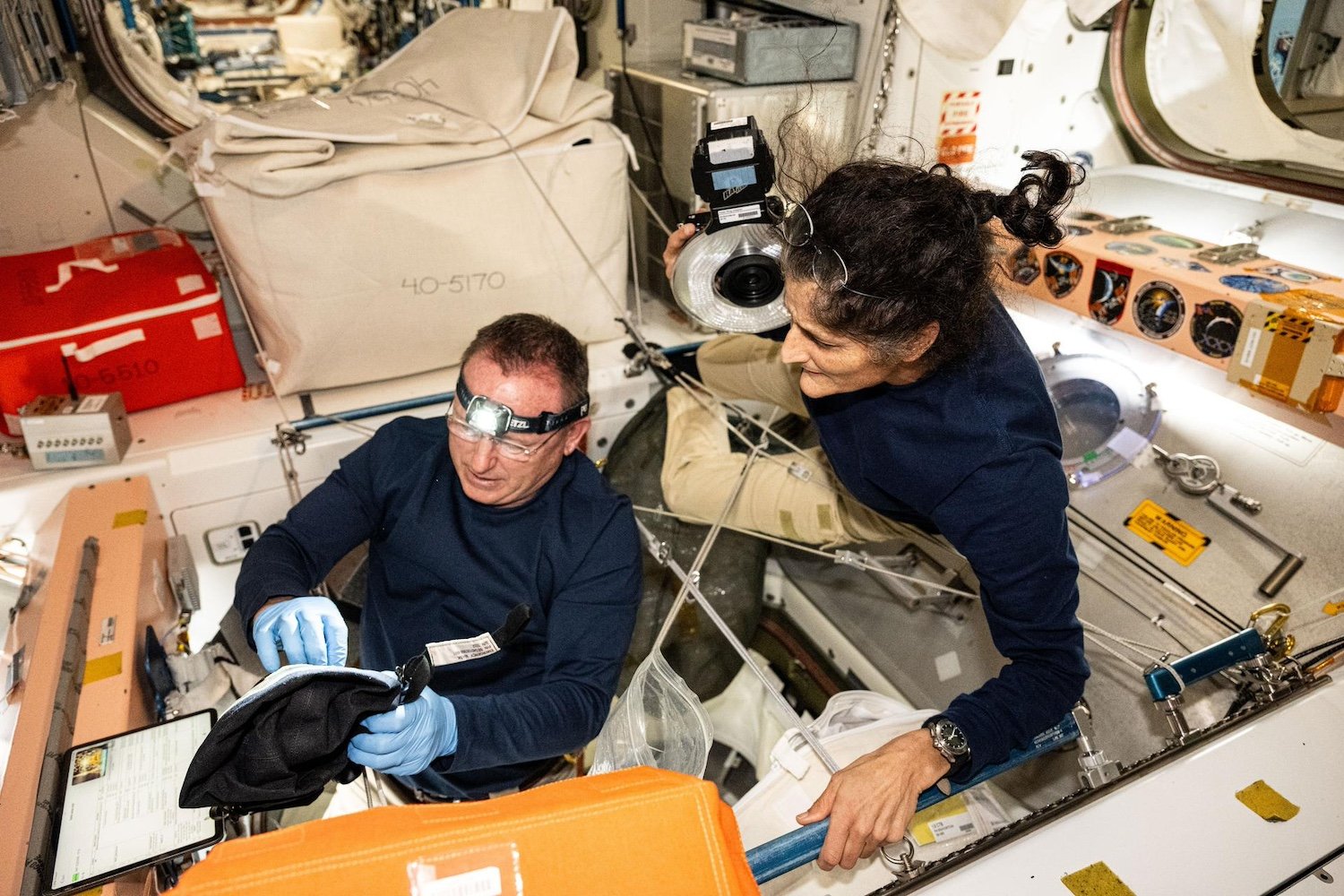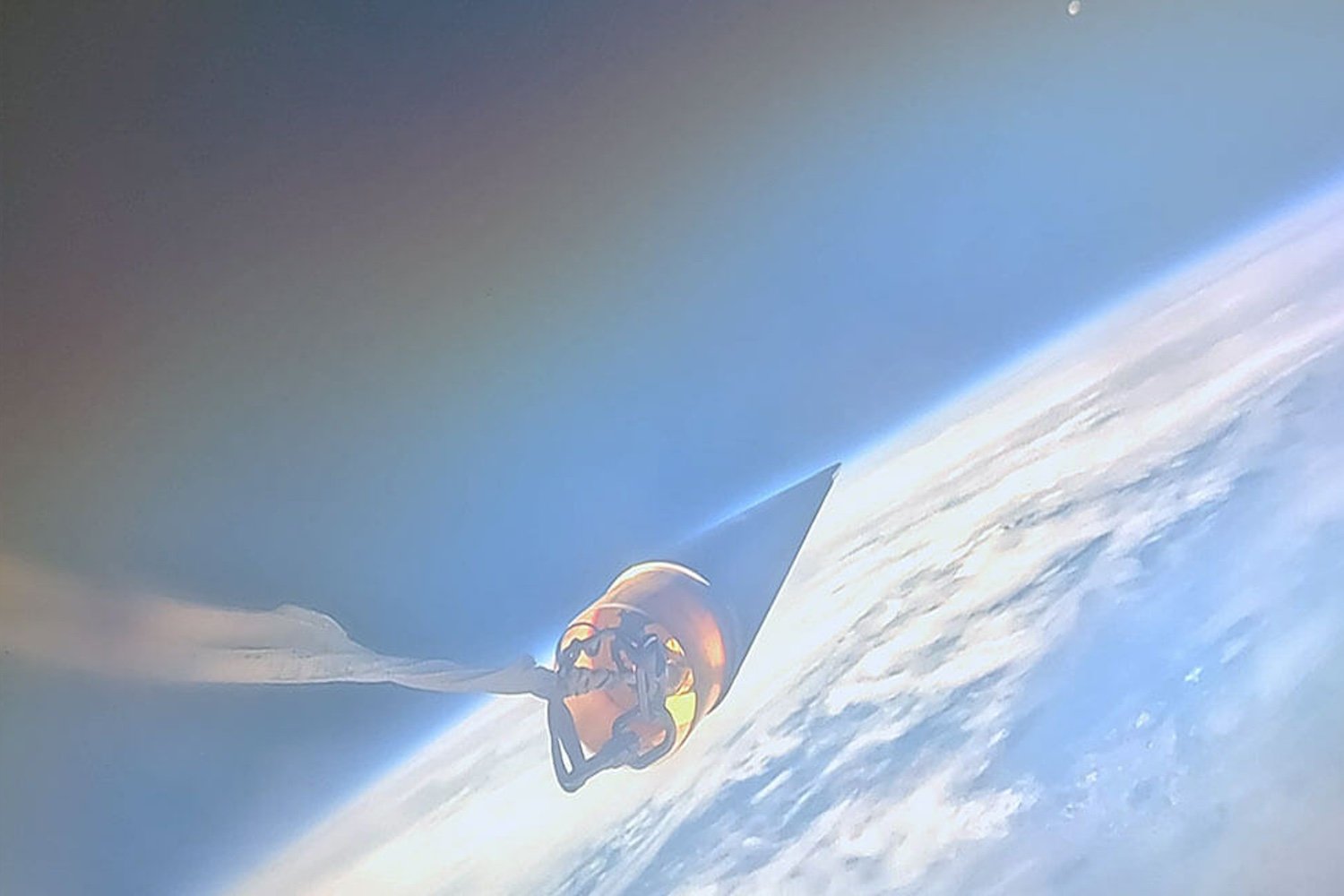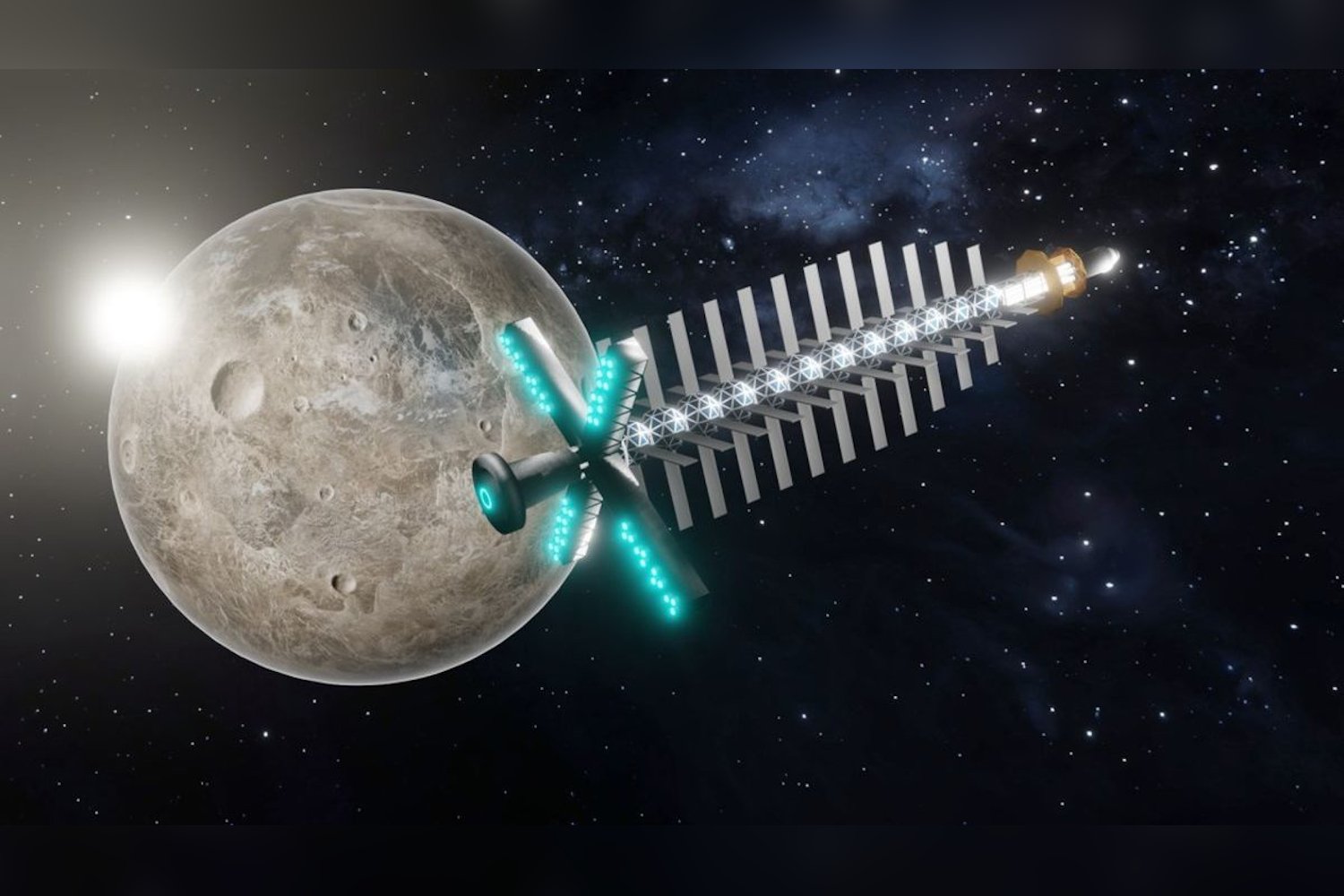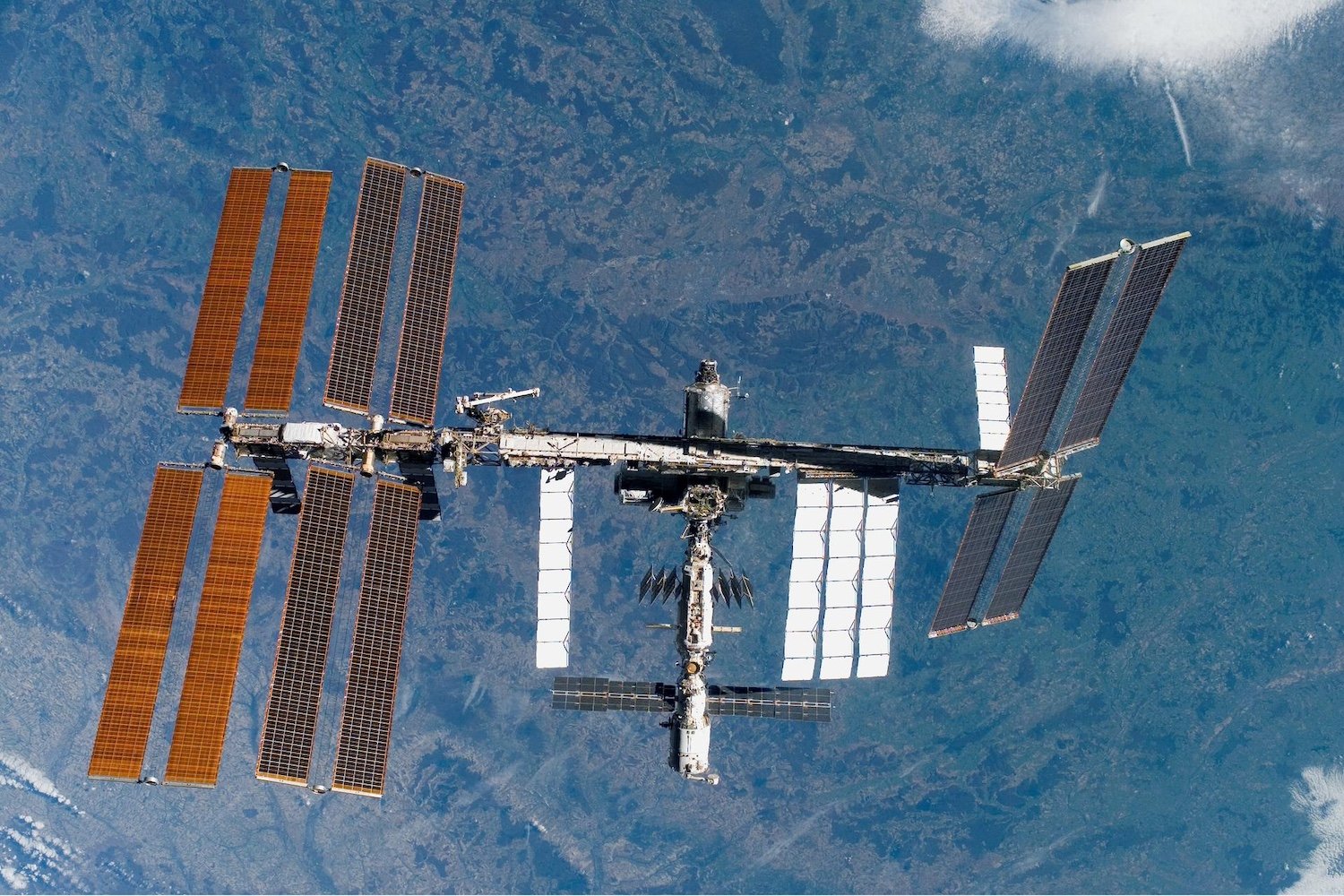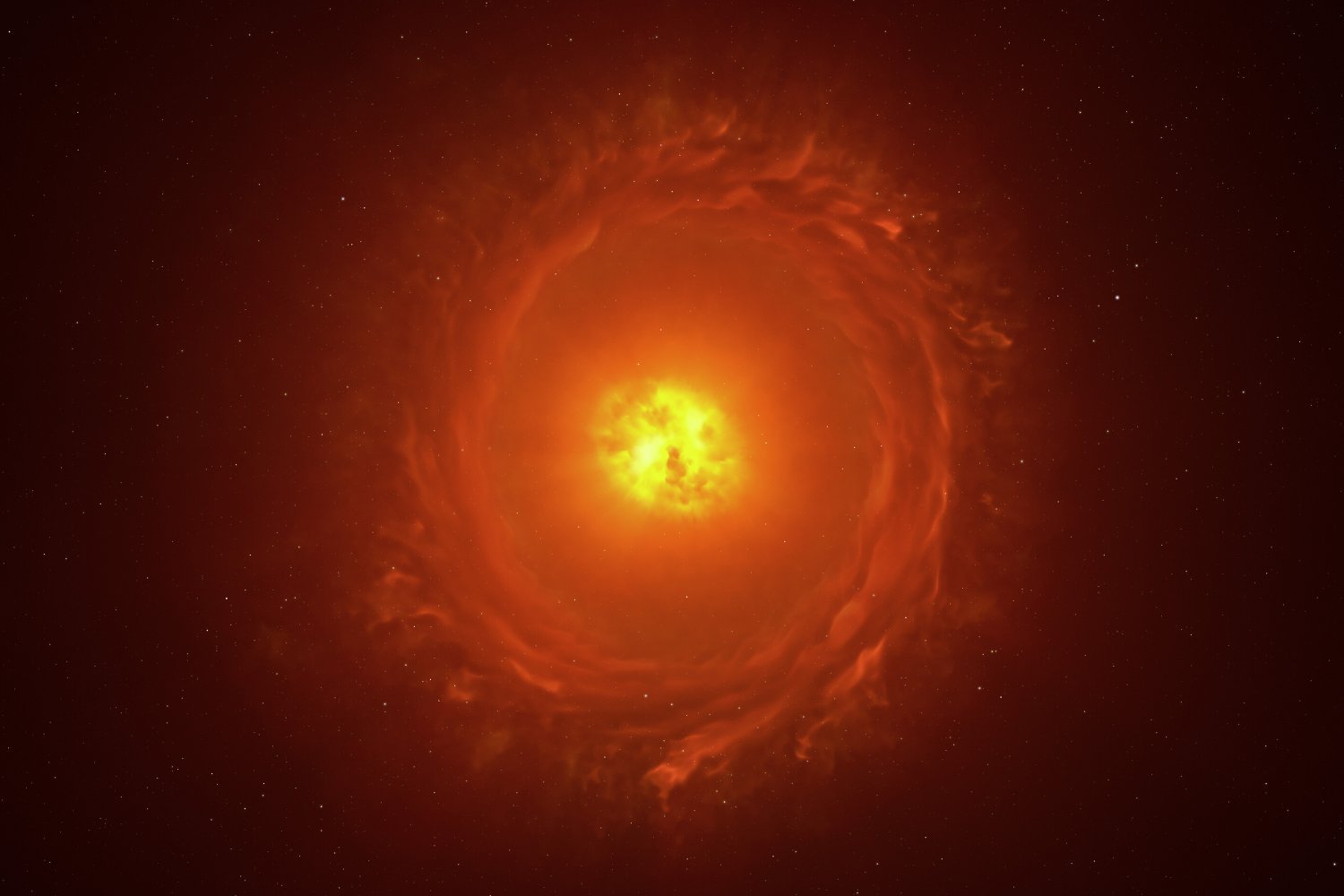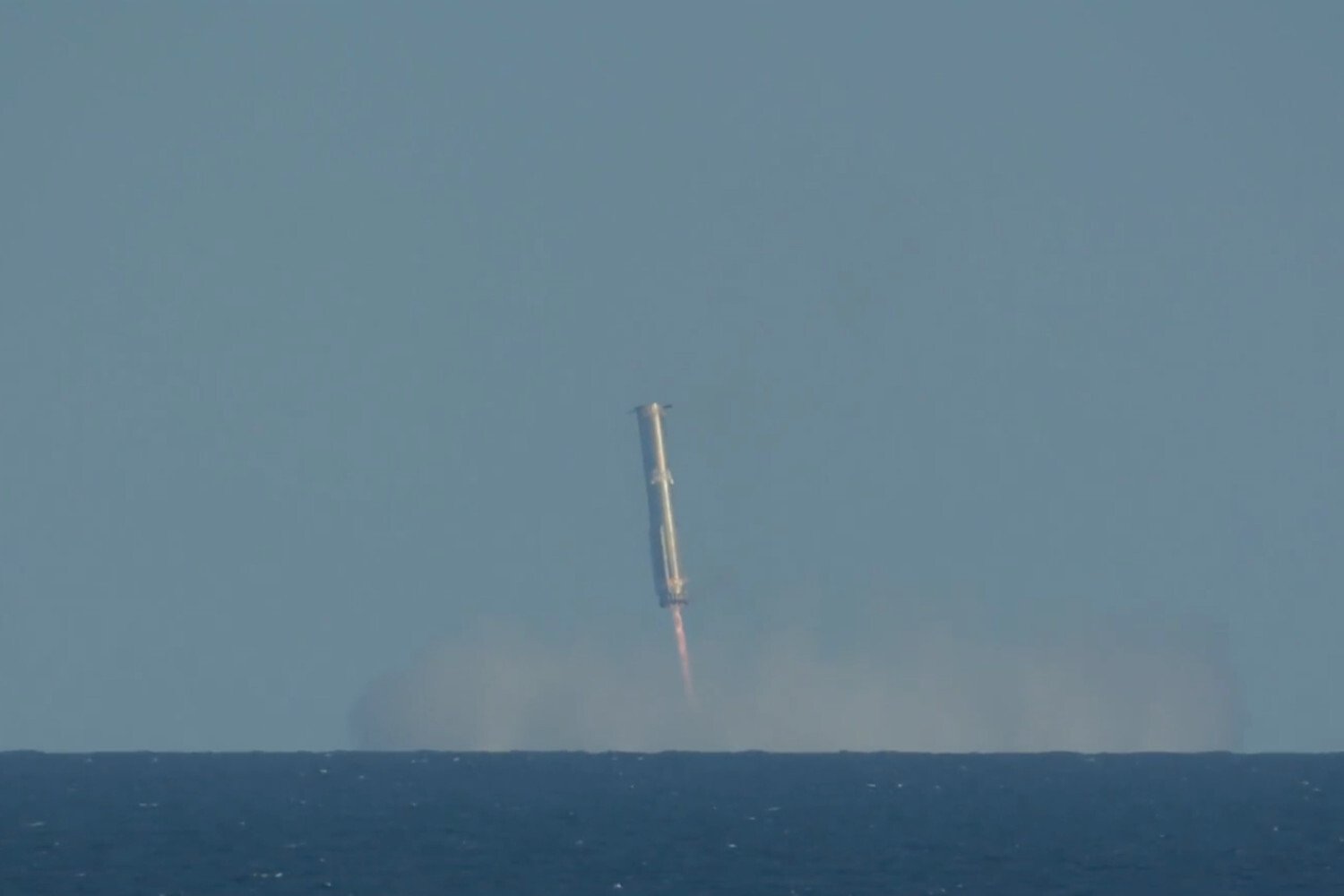The Moon is experiencing a surge in activity as commercial spacecraft prepare to land and deploy instruments for lunar exploration. Two such robotic explorers, Firefly Aerospace’s Blue Ghost and ispace’s Resilience lander, are set to launch aboard a SpaceX Falcon 9 rocket in mid-January, marking a new era of commercial lunar exploration.
Exploring Different Lunar Landscapes
Both landers will explore distinct lunar mares – dark, flat plains formed by ancient impacts and filled with lava. Firefly’s Blue Ghost, part of NASA’s Commercial Lunar Payload Services (CLPS) initiative, will carry 10 scientific instruments to Mare Crisium, a solidified basalt lava plain formed by an ancient asteroid impact. NASA estimates the basalt in Mare Crisium to be between 2.5 and 3.3 billion years old.
Blue Ghost will operate for one lunar day (14 Earth days), capturing a lunar sunset and gathering data on regolith interaction with solar influences during lunar dusk. The lander will continue operating for roughly seven hours into the lunar night. Its payloads will test regolith sampling, radiation tolerance, a Moon-based global navigation system, and other technologies crucial for future missions.
Meanwhile, ispace’s Resilience lander, along with its small rover Tenacious, will target Mare Frigoris in the Moon’s far northern regions. Carrying primarily commercial instruments from Japanese space ventures, Resilience will focus on lunar surface exploration. This mission marks ispace’s second lunar landing attempt after the unfortunate crash of its Hakuto-R Mission 1 (M1) lander in April 2023, which carried commercial and government payloads, including a small transformable robot from JAXA.
Distinct Lunar Journeys
While sharing the same launch vehicle, the landers will take different routes to the Moon. Blue Ghost will remain in Earth orbit for approximately 25 days, followed by 16 days in lunar orbit before its landing attempt. Resilience will take a longer, more complex route, utilizing an elliptical transfer orbit and a lunar flyby to achieve a low-energy transfer trajectory for a soft landing, similar to its predecessor’s four-and-a-half-month journey.
Paving the Way for Future Exploration
These missions are not a race but contribute to the growing lunar presence. With NASA and other space agencies planning for a sustainable human presence on the Moon, these commercial landers represent a crucial step in delivering payloads and developing technologies necessary for long-term lunar exploration.
Conclusion
The upcoming missions of Blue Ghost and Resilience signify a new phase in lunar exploration, driven by commercial partnerships and focused on scientific discovery. Their diverse objectives and landing sites promise valuable insights into the Moon’s history and pave the way for a future where humanity maintains a sustained presence on our celestial neighbor.




